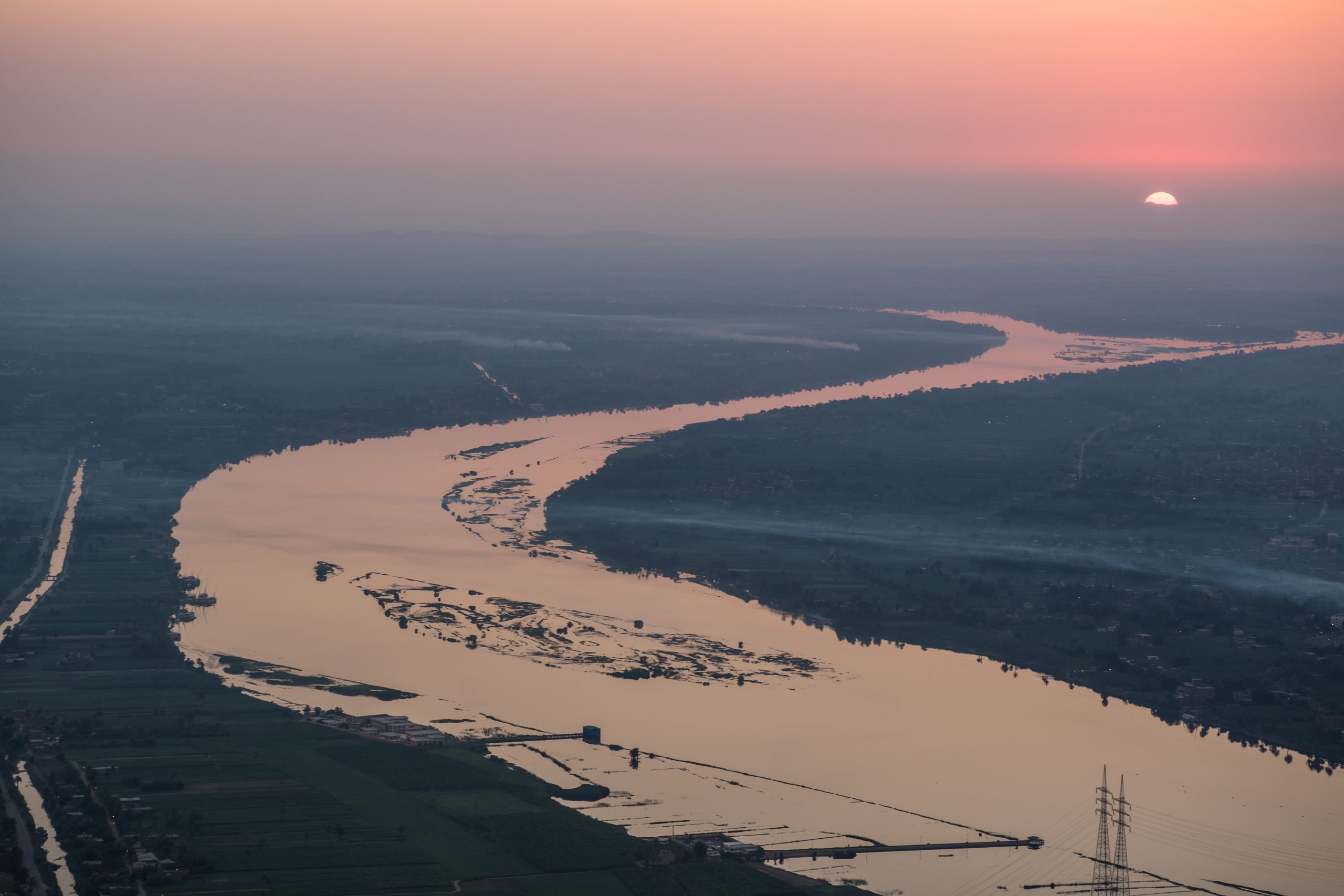The Nile River, often referred to as the “lifeblood of Egypt,” has sustained the civilization for millennia. One of the most remarkable features of the Nile’s journey through Egypt is its delta, a triangular expanse of fertile land where the river meets the Mediterranean Sea. The Nile River Delta is of paramount importance to Egypt, serving as the breadbasket of the nation and playing a pivotal role in its agricultural success. In this blog post, we will delve into the reasons why the Nile River Delta is vital for agriculture in Egypt.

The Nile River Delta: A Natural Gift
The Nile River Delta is a remarkable gift of nature. It stretches over 24,000 square kilometers (9,300 square miles) and is a labyrinth of distributaries, canals, and fertile soil. It is often described as one of the world’s largest deltas and is a prime example of an arcuate delta, with its characteristic triangular shape.
1. Fertile Soil and Silt Deposition
The primary reason the Nile River Delta is vital for agriculture in Egypt is its exceptionally fertile soil. This fertility is a result of the annual inundation of the Nile River, which brings with it nutrient-rich silt and sediments from the Ethiopian Highlands. When the river overflows its banks during the annual flood, it deposits layers of nutrient-rich silt onto the delta’s surface. This process, known as alluvial deposition, has been occurring for thousands of years, replenishing the soil and making it exceptionally fertile.
2. Year-Round Cultivation
The unique geography of the Nile River Delta allows for year-round cultivation. The delta’s multiple distributaries and canals create an extensive network of irrigation channels that provide a steady supply of water to the farmland. Unlike many other regions, Egyptian farmers can grow crops throughout the year, thanks to the Nile’s consistent water supply and the delta’s well-maintained irrigation systems.
3. Diverse Crop Production
The Nile River Delta’s rich soil and favorable climate support the cultivation of a wide range of crops. Egyptians have been growing crops such as wheat, rice, corn, and barley in the delta for thousands of years. Additionally, the delta’s fertile land is well-suited for cash crops like cotton, flax, and various fruits and vegetables. This diversity of crops contributes significantly to Egypt’s food security and economy.
4. Population and Food Security
Egypt’s population has been steadily increasing over the years and currently stands at over 100 million people. This demographic pressure underscores the critical importance of the Nile River Delta for agriculture. The delta’s ability to produce abundant crops ensures a stable food supply for the country’s growing population. Without the fertile land of the delta, Egypt would struggle to feed its people.
5. Economic Contribution
The agricultural output of the Nile River Delta is not only essential for domestic consumption but also contributes significantly to the national economy. Egypt’s agriculture sector, driven in large part by the delta, accounts for a significant portion of the country’s GDP and provides employment opportunities for millions of Egyptians. The production of crops and other agricultural products in the delta is a vital component of Egypt’s economic well-being.
6. Historical Significance
The Nile River Delta has played a pivotal role in Egypt’s history, shaping its civilization and culture. Ancient Egyptian agriculture was centered around the delta, providing the surplus food necessary to sustain the construction of monumental structures like the pyramids. The delta’s historical significance as an agricultural powerhouse continues to influence Egypt’s identity and heritage.
Challenges and Sustainability
While the Nile River Delta is undeniably vital for agriculture in Egypt, it faces several challenges in the modern era. Rapid urbanization, industrialization, and pollution have posed threats to the delta’s delicate ecosystem. Climate change and water scarcity in the Nile Basin also present challenges to sustaining the delta’s agricultural productivity.
To address these challenges, Egypt has implemented various strategies, including modernizing irrigation systems, promoting sustainable agriculture practices, and investing in research and development. International cooperation and agreements on Nile water management are also crucial to ensuring the long-term viability of the delta’s agriculture.
Conclusion
The Nile River Delta stands as a testament to the incredible synergy of nature and human civilization. Its fertile soil, nourished by the annual flooding of the Nile, has been the cornerstone of Egyptian agriculture for millennia. The delta’s contribution to Egypt’s food security, economy, and cultural heritage cannot be overstated. While it faces challenges in the modern world, the Nile River Delta remains a symbol of resilience and the enduring connection between the people of Egypt and their life-giving river.




